FS Colour Series: Bluestone Inspired by Gillian Ayres’ Ocean Blue
British painter and printmaker Gillian Ayres took the 20th century British art world by storm, creating wild and energised abstract paintings with all colours of the rainbow. Blue was one of her favourites, particularly grey-tinged shades of blue like BLUESTONE, for their ability to convey the illusion of sky or water sweeping through her vast and densely worked images. While she cycled through a range of styles, from Abstract Expressionist scrawls to Matisse-like patterns that seem to dance and shimmer with life, blue cropped up again and again, a familiar thread linking her art as it evolved through the decades. During her heyday in the 1960s, a member of Tate’s staff asked her what, if anything, she made reference to in her art, and Ayres’ answer was delightfully eccentric: “Crivelli, jelly moulds, Mrs Beeton’s ice cream and cakes, finials and crockets, lichens and seaweeds, shells, Uccello hats and plumed helmets.”
Ayres was born in Barnes, London in 1930, and she developed an interest in art from a young age. In 1946 she studied at the Camberwell School of Art in London, graduating in 1950. As a young graduate Ayres worked at the AIA gallery in Soho, while continuing to develop her art practice. Distillation, 1957 is one of her earliest paintings, painted with a blend of household enamel and oil paint. She worked with ferocious energy, applying paint directly from the tube, or poured from the can, and worked into using old rags and brushes soaked in solvent. Deep oceanic blue dominates the hardboard background, applied in varying densities to suggest movement, depth and space. Meanwhile swirling passages of terracotta and black invoke light and shadow.
Ayres became a prominent teacher at Bath Academy of Art in Corsham from 1959 to 1965, where she met and befriended various likeminded artists who shared with her a fascination with abstraction and expressionism, including the British artist Malcolm Hughes. Other influences on her practice at the time included Roger Hilton, Willem de Kooning, Sam Francis and Jackson Pollock. During the 1950s and 1960s she began working on the floor, which gave her greater freedom to create ‘all over’ compositions with decentralised designs, commenting, “one was into the idea of no composition.”
From 1965 to 1978, Ayres worked as a senior lecturer at Saint Martin’s School of Art. Meanwhile, her practice continued to evolve in new directions. Many of her paintings, including Weddell, 1973–4, explored how paint could be build up in a series of layers, with varying densities to suggest the atmospheric illusion of endless space. Soft greyish blue is the dominant colour once again here, applied with watery washes in the background that build up in layer upon layer to create a richly worked, hard-won surface, culminating with a deeper patch of darker blue in the upper half of the canvas. The title of this artwork was most likely derived from Weddell Sea in Antarctica, a fitting reference to the vast, sublime power of the ocean that she invokes in this watery paradise.
In 1978, Ayres became head of the painting department at Winchester School of Art, the first female teacher to hold the post. Three years later, in 1981, she retired from teaching to focus on painting full time. The shift in focus marked a monumental period in her career, when she began working with greater creative abandon, larger scales, and a wilder palette of colours. She painted Antony and Cleopatra, 1982 having recently settled in her new studio in North Wales, and the painting captures the sensations of freedom she experienced in the landscape around her with a dizzying array of jig-zagged marks and bright colours. In the centre of the image is Ayres’ trademark oceanic blue, an elemental moment of calm in amongst the rest of the image’s uncontrollable, frenetic energy.





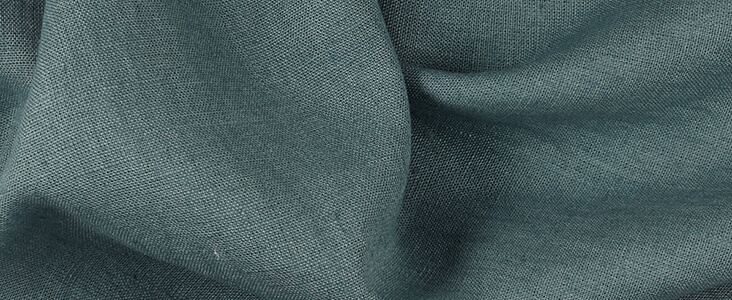
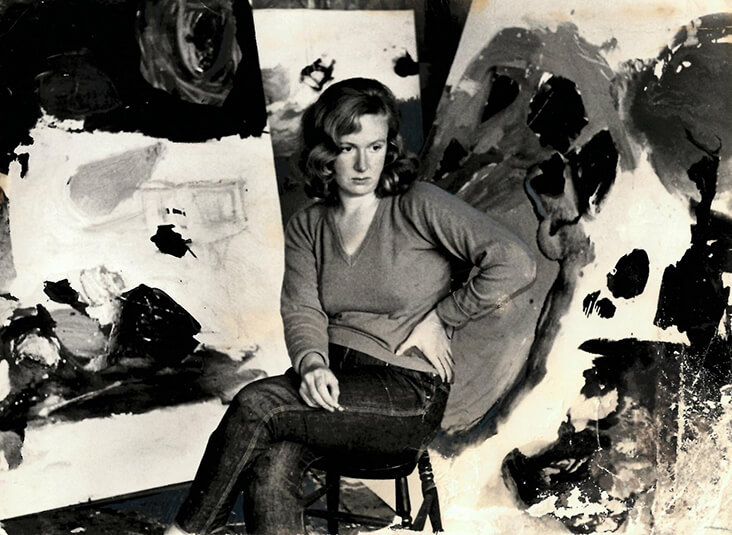
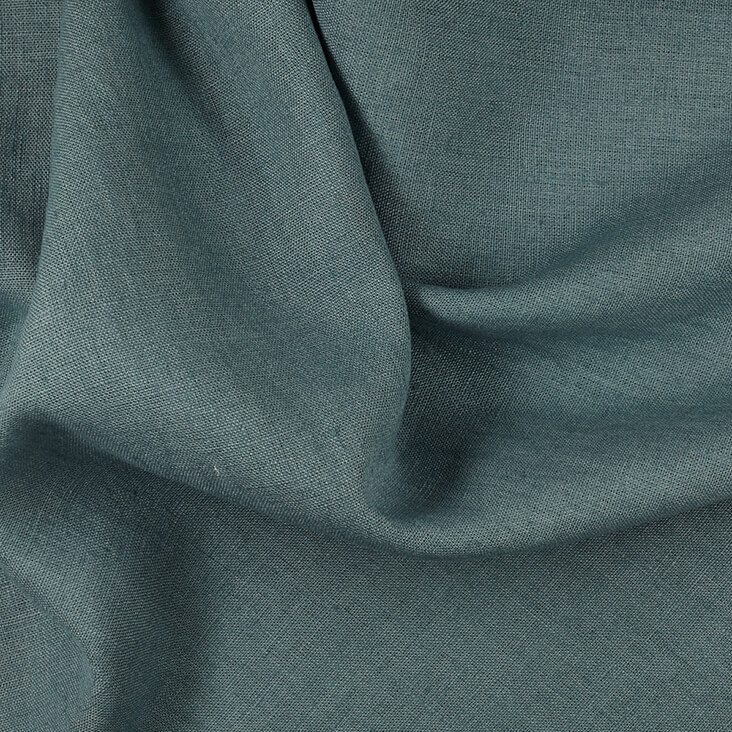
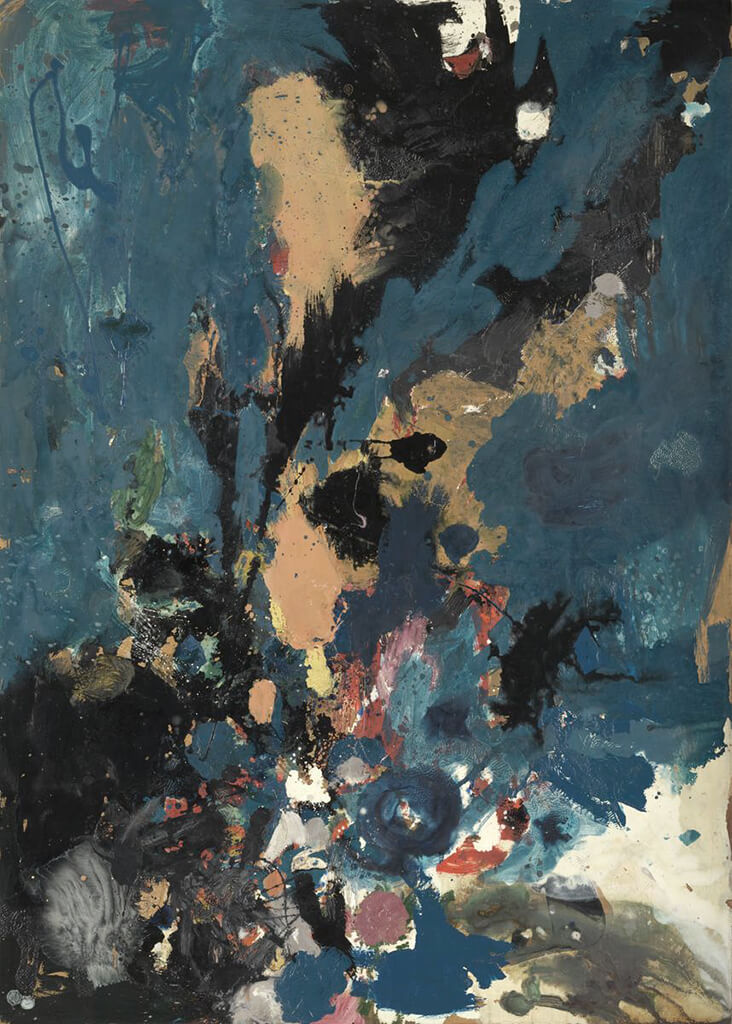
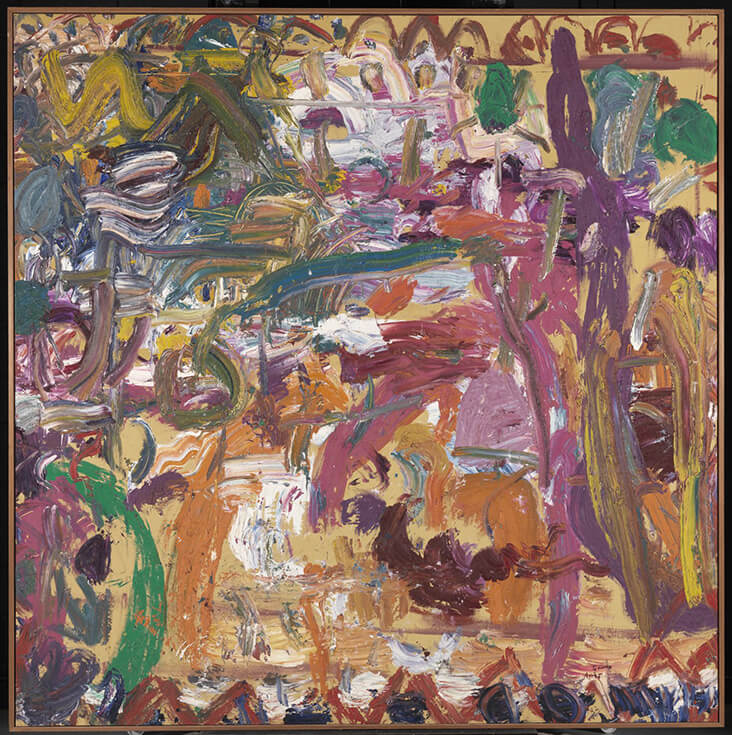






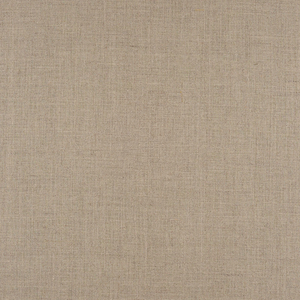
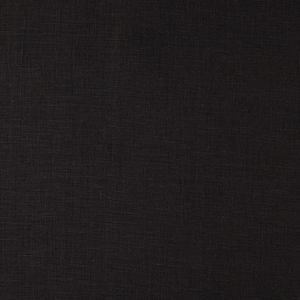

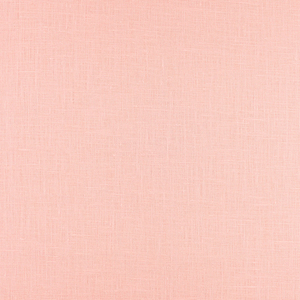
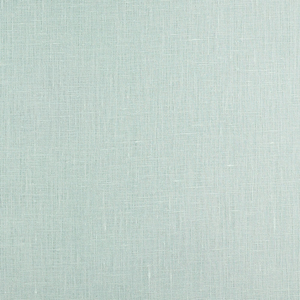

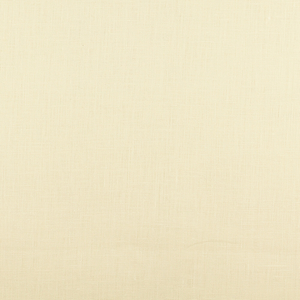



















Leave a comment